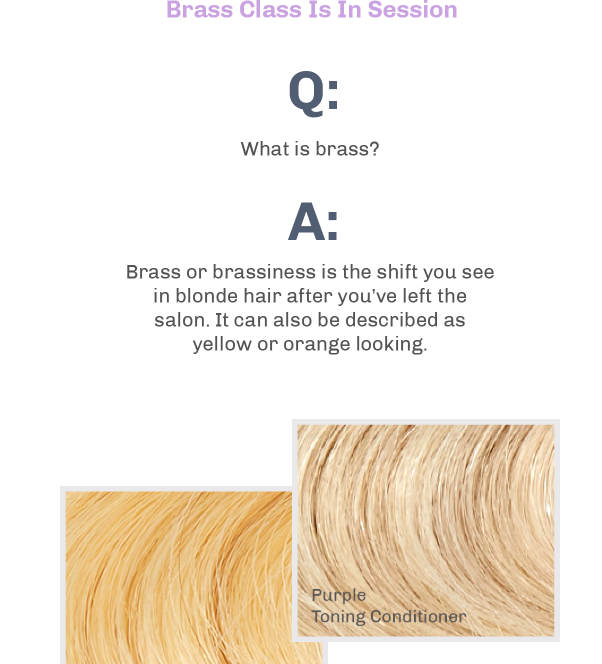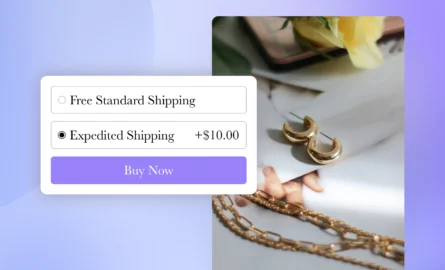5 Ways to Improve Your Post-Purchase Experience

Most ecommerce companies have one goal: to increase conversions. More conversions equal higher profits, after all.
But, the buyer journey doesn’t stop once your customer has made a purchase — or at least, it shouldn’t.
Customers actually spend longer in the post-purchase phase than any other stage of the buyer’s journey. This makes it one of the most critical steps of the buyer’s journey — and one ecommerce stores can’t afford to ignore.
What is a Post-Purchase Experience?
The post-purchase experience refers to the final phase of the buying journey, which occurs after a customer has completed their purchase. This stage might include asking for feedback, offering product suggestions or handling the return and exchange process.
After the sale is complete, many companies assume their work is done — after all, the customer has converted.
That, however, is a mistake. Here’s why.
Why Does the Post-Purchase Experience Matter for Ecommerce Stores?
Ecommerce is a highly competitive market. Customers have thousands of options when it comes to spending money online. This means brand differentiation is both critical and challenging.
That’s where the McKinsey Loyalty Loop, which outlines the entirety of the buyer journey, comes into play.
In the chart below, you can see the post-purchase experience can create another “trigger” to purchase based on the experiences the customer has with a company after their purchase.

The right post-purchase experience creates a loyalty loop, which keeps customers coming back to your brand over and over again. In addition to increasing repeat purchases, there are several additional benefits to improving customers’ post-purchase experience, including:
- Retention is cheaper than acquisition: For ecommerce businesses, retention is 5x cheaper than acquisition, on average. Improving the post-purchase experience reduces customer churn, which drives revenue.
- Improve and increase customer reviews: Ninety-three percent of consumers rely on online reviews to make purchasing decisions. A strong post-purchase experience can drive more reviews — and improve the quality of those reviews by improving customer service.
- Increase brand loyalty and trust: According to a study by HubSpot, just 12% of U.S. consumers believe it when a company says it “puts the customer first.” Consumers don’t trust brands easily. The right post-purchase experience shows your company actually cares and increases brand trust and loyalty.
- Provide insights into customer satisfaction: If there’s an issue with a product, you want to know about it. Continuing the conversation after purchase allows you to solve problems related to quality or even customer error. For example, you might discover most customers struggle with the installation of your product, prompting you to create a walk through installation video.
If you want to create lifetime customers rather than a string of one-time purchases, the post-purchase experience is critical. So, how do you ensure customers are happy, even after they convert?
5 Ways to Improve Your Customers’ Post-Purchase Experience
Most ecommerce companies focus so intently on making a sale, they completely ignore the post-purchase experience. Other companies push too hard and end up annoying customers — which is not a good look.
The most effective post-purchase strategies focus on being helpful and offering value, not pushing for that next conversion. Here are steps to creating a post-purchase experience that improves satisfaction and encourages repeat sales.
1. Personalize Feedback Requests
One way to improve the post-purchase experience is to find out what your customers actually think of your products. But, don’t just ask for a review without ensuring they are satisfied with their purchase.
For example, Bellroy, an Australian accessories brand, sends out a personalized email 30 days after customers make a purchase. This allows the customer to use the item for several weeks before offering feedback. Bellroy also personalizes their feedback request.
Notice they address the actual item the customer purchased, rather than just asking, “Are you satisfied with your purchase?”

This personalization shows Bellroy is paying attention and suggests the company actually cares what their customers think.
2. Offer Product Care and How-to Content
When it comes to producing content, most marketers focus on how content can increase conversions through awareness and education.
Once your customer has completed their product, you want to make sure they are able to use and enjoy it. A how-to guide or product care guide can increase customer satisfaction and ensure they get the most out of their purchase.
Product care and how-to content can be recorded as a video, embedded in the thank you email or included in a feedback request.

Overtone, an ecommerce-based hair dye company, uses email to send out educational information to customers, including this email titled “Brass Class.”
3. Streamline the Return/Exchange Process
No matter how amazing your products are, some people want to return items. This might have nothing to do with your company at all, so don’t view this as a personal slight. Instead, use the return or exchange process as an opportunity to build customer loyalty.
Most customers understand that sometimes things go wrong or certain items might not work for every customer. By creating a pleasant and streamlined return process, a company can show it cares about its customers when things go well — and when things aren’t so perfect.
Teva, a sustainable shoe company, makes returns easy by offering free return shipping and providing a link to start a return on their returns policy page.

In addition to making returns easy to do, this information pops up first in the search engines for “Teva returns,” making the information easy to find as well.
4. Recommend Products — But, Not Just Any Products
As your customers move through the buyer journey, you learn a lot of information about them, including topics they are interested in, products they purchase or products they might be interested in purchasing in the future.
Rather than just suggesting your most popular items, you can use what you’ve learned about your customers to provide personalized product recommendations.
Providing personalized recommendations shows your company is paying attention and increases the likelihood they will interact with your content. In fact, 72% of consumers said they only interact with personalized marketing efforts.
REI, the outdoor recreation gear store, uses information about purchases and browsing behavior to recommend related products.

For example, after purchasing a yoga mat, they recommended similar products related to my past purchase.
5. Schedule Replenishment Emails
Replenishment emails are a simple message or series of emails that remind customers to reorder items on low supply. They can be highly effective because they’re relevant to your customers and timely. For example, a customer who purchases deodorant is going to use that item at a predictable rate, which means you can schedule an email to remind them to reorder before they run out.
A replenishment email offers the buyer value — it prevents them from running out of deodorant, for example — and can be used to share content or recommend related products, driving additional sales with little effort on your part.
Final Thoughts
The buyer’s journey doesn’t end when customers click “Add to cart.” Ecommerce companies that want to be competitive in an increasingly oversaturated market need to continue providing service and useful content long past the initial purchase.
The post-purchase phase should be viewed as an opportunity to leave a positive impression that will keep customers coming back. The most successful post-purchase campaigns, however, focus on providing value, not just pushing for the next conversion.

Danielle Antosz
Danielle Antosz is a Chicago-based freelance writer specializing in automation, tech, SaaS and digital marketing. Her work has appeared on several industry sites, including ClearVoice, Search Engine Journal, Digital.com and Contently.



